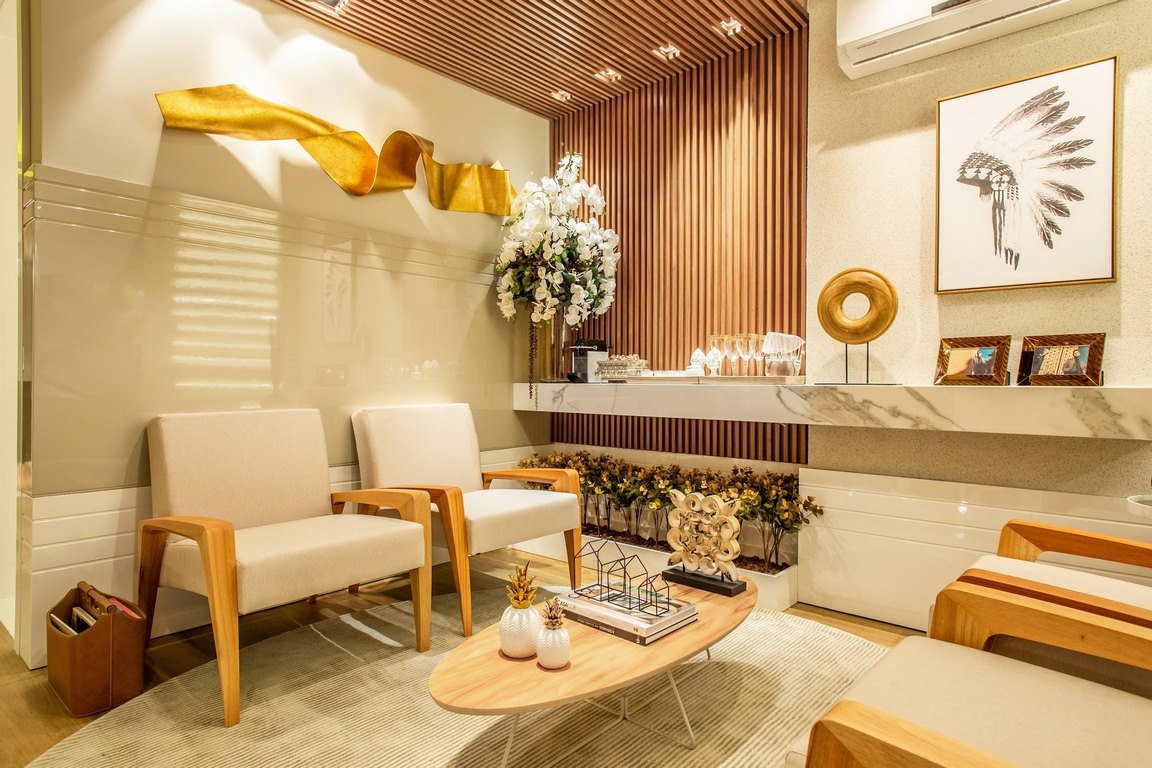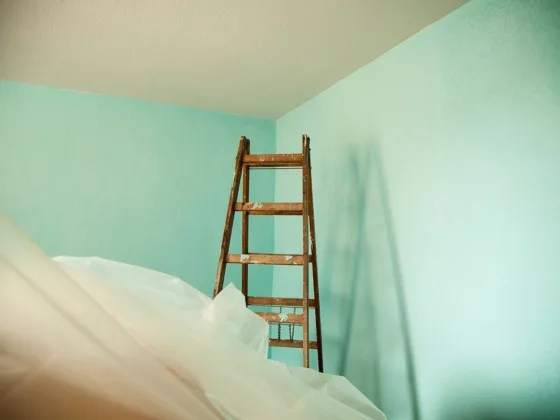From sofa sets and dining tables to cupboards and wardrobes every piece of furniture adds personality and depth to the room.
People spend a significant amount of time, money, and effort in choosing the perfect furniture for their homes. But should that time, money, and effort be wasted once the furniture has been installed? Not at all.

You should continue to invest in furniture protection throughout, so that your favorite furniture, table, or chair, can keep looking spick and span.
Furniture protection requires first of all that we identify the different factors that can damage and diminish the quality, look, and feel of the furniture.
Here are Seven Tips People need to Keep in Mind to Protect their Furniture from Damage year-Round:
1. Store Furniture in All-Season Protected Storage Units
Most people, in anticipation and excitement for the new season, try out new house décor or settings – a cozy arrangement for the winters and a more spaced airy arrangement for the summers.
Seeing that summer will soon be in full swing in a matter of a couple of months, it’s important that you start looking for a home for your furniture that would no longer be of use.
You should look into exploring some storage unit options. If you happen to live in a humid state then you should definitely look toward protecting the furniture from climate damage.
For example, if you live in the humid and temperate Delaware state, you can store your furniture at Lewes De storage units, which provide safe and protected storage spaces in that locale.
2. Hire Professionals for the Job
The first mistake most people make with furniture is they try to handle everything themselves. Disassembling, cleaning, packing, or storing furniture requires a certain level of professionalism.
If you are not careful about the products you use, you could damage the color of the furniture. And if you don’t handle it with care, you could break or chip away at the furniture.
You must hire professionals when it comes to taking care of the furniture. It’s best to rely on experts to complete the furniture-related tasks instead of DIYing them.
Read Also:
3. Move Furniture Away from The Sun
Furniture fades due to several factors: 40% by ultraviolet (UV) rays, 25% by direct light, 25% by solar heat, and 10% by humidity or indirect light. You must always arrange and set furniture away from direct sun to protect the wood and fabric from fading and losing color.
Turning the cushions, reassembling chairs around the dining table, and rotating other pieces of furniture regularly is also excellent way to ensure all sides are equally exposed to sunlight.
You must also invest in blinds, window coverings, and UV window films to limit sun damage to the furniture, especially when living in cities like Delaware, where 57% of the days are sunny.
Maintaining a balanced indoor temperature by dealing with excessive humidity, dryness, heat, and cold can help people protect their furniture from long-term damage.
4. Use Gentle Products and Cleaners
A good salesperson can sell people anything. However, people must not give into carefully curated sales pitches and do their own research before buying cleaning products for their furniture.
You need to know what chemicals and ingredients can cause damage to the upholstery of the wooden frame of your furniture. This knowledge will help you avoid shopping for cleaning products that could damage your furniture.
Experts advise on using gentler and natural solutions for cleaning before resorting to harsh chemical products.
5. Protect Furniture from Messy Guests
Almost everyone loves to host parties and get-togethers at their place to entertain friends and family. However, a lot of socializing can be damaging to the life of the furniture.
When you have people over, you will be constantly worrying about someone spilling something on your beautiful suede sofa. Children might carve their initials into the dining room table.
This doesn’t mean you should avoid socializing altogether, but it’s better to take the following precautions when having people over: cover the furniture with a coat of latex, place coasters and doilies on the table for drinks, and serve food with care.
6. Clean Regularly but Don’t Overclean
There is a thin line between cleaning and over-cleaning furniture. People must pay careful attention to ensure they don’t cross the line and go overboard with cleaning.
While cleaning helps with keeping things neat and tidy, overcleaning can speed up the normal wear and tear activity. Excessive scrubbing, rinsing, and dusting can ruin the furniture’s finishing by staining or scratching the surface.
7. Don’t Become Habitual of Using Furniture One Way
Several studies have shown that human beings are creatures of habit and routine; however, this may not always be a good thing. If people develop a habit of using the furniture a certain way, the damaged part of it significantly.
Sitting in the same spot on the sofa, eating at the same area of the table, lifting the same end of the chair for cleaning are just some examples of how habitual actions can lead to damage. People must use their furniture in different ways to protect them from routine damage.
Conclusion
People can significantly increase the life of their furniture by applying the simple adjustments mentioned above to their yearly routine.
All it takes is a little commitment and desire to protect the furniture you have invested in. Get inspired with the simple tips mentioned to ensure your furniture stays as polished as the day you bought it.









